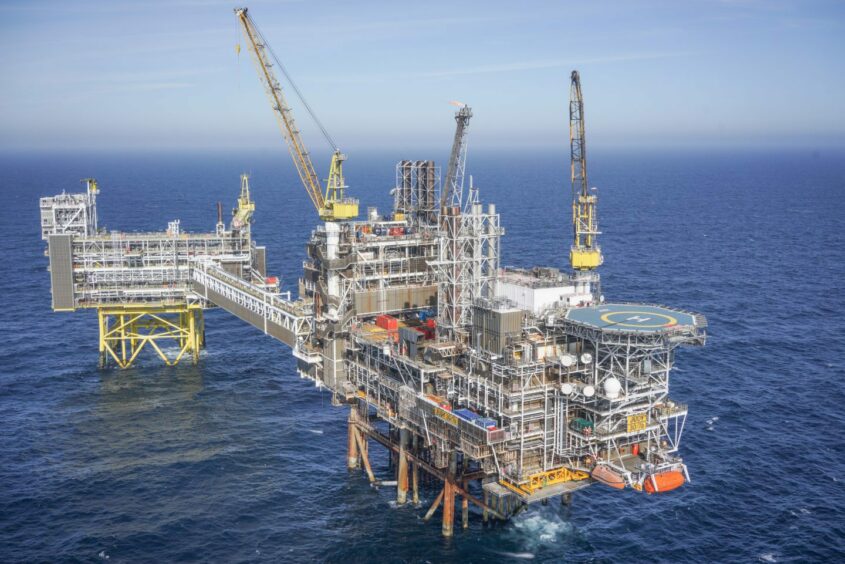
Harbour Energy (LON:HBR) has received approval to proceed with its 18 million barrel Talbot development in the North Sea, with production due online in late 2024.
The UK’s Offshore Petroleum Regulator for Environment and Decommissioning (OPRED) published documents on Monday confirming that both the secretary of state and the North Sea Transition Authority (NSTA) had rubber stamped the scheme in recent weeks, enabling the project to proceed.
Estimated to hold around 18.1 million barrels of oil equivalent (boe) of light oil with associated gas, the subsea development is located block 30/13e of the North Sea.
It lies around 170 miles south east of Peterhead, and a few miles west of the UK/ Norway median line, in water depth of around 75m.
Harbour holds a 67% operated interest in the field via two subsidiaries of its prior incarnation, Chrysaor, while Eni holds the remaining 33% equity interest. It acquired the licence via its acquisition of ConocoPhillips’ North Sea assets in 2019.
It submitted an environmental statement for the scheme last May, and later approved capital to fund the development alongside the Leverett appraisal well in August.
Development drilling is expected to begin during the first half of this year ahead of production start scheduled for “around the end of 2024”, the company said during a recent results call.
Harbour has been approached for comment.
The plan for Talbot centres on a three-well subsea development tied back to the Harbour-operated Judy platform, around 10 miles to the northwest.
Production will be routed back to the platform via a new subsea production flowline and umbilical carrying power, communications, hydraulic supply, methanol and chemicals.
This will tie-in to the existing Joanne South 12” pipeline at a point upstream of the Judy platform which provides processing and conditioning of gas and condensates from other J-block fields (including Judy, Joanne, Jade and Jasmine).
In approving the development, Harbour said the carbon intensity of the Judy installation is forecast to reduce with the inclusion of Talbot production, as it will allow power generation equipment on the installation to operate at an optimal load.
It also noted there are “ongoing and future emissions reduction projects on the Judy installation that have not been accounted for within calculations of incremental emissions” but which should result in a reduction in atmospheric emissions in future.
Across its operated portfolio, Harbour’s overall emissions intensity held at 21 kgCO2e/boe last year, level with 2021.
Greenlight for the field is a rare ray of good news from Harbour, after recent months saw it announce a spate of layoffs.
The London-listed producer posted pre-tax profits of $2.4bn for full-year 2022, but claimed that a $1.5bn deferred charge incurred as a result of the UK’s windfall tax had “wiped out” its takings.
Energy security contention
The decision to approve the project was excoriated by campaign groups, including Greenpeace campaigner Philip Evans.
“The government is approving new oil fields the same week as its so-called ‘Green Day’ – no wonder ministers are trying to rebrand it,” he said.
“They’ll claim it’s in the name of energy security but, since the oil and gas belongs not to the UK but the company extracting it, and will be sold on the open market to the highest bidder, this couldn’t be further from the truth.”
Mr Evans said the government should instead focus on boosting cheap renewables, and improve energy efficiency, upgrade the grid and increase energy storage capacity.
Recommended for you
